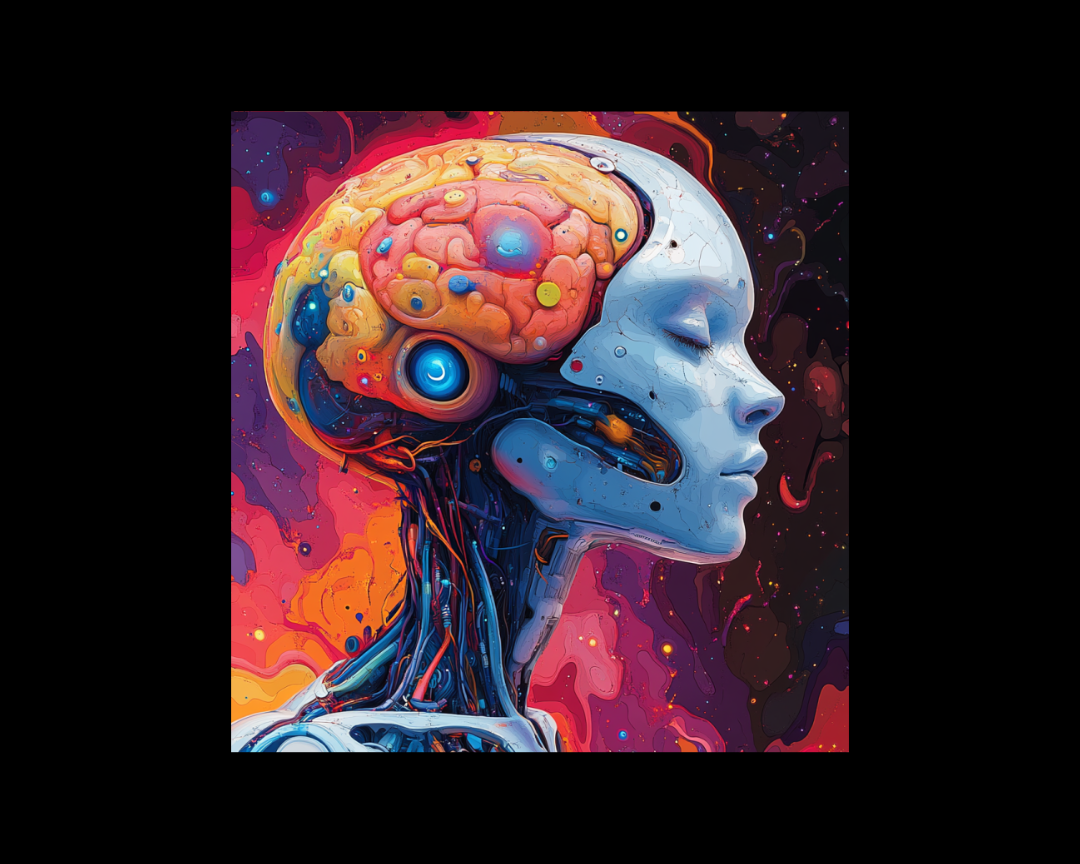Google’s AI Mode and the Rise of Deep Research
Search is evolving—again. As artificial intelligence reshapes how we interact with digital platforms, Google’s AI Mode is setting the stage for the...

"AGI might outthink humans by 2030." That’s not speculative fiction—that’s Google DeepMind’s public forecast, outlined in their April 2025 technical roadmap, An Approach to Technical AGI Safety and Security. In 145 meticulously detailed pages, DeepMind charts a vision of artificial general intelligence (AGI) that not only rivals human cognition but surpasses it in learning speed, abstraction capacity, and multi-domain reasoning.
For CMOs and strategic leaders navigating a post-AI-disruption reality, this is more than a milestone—it’s a moment of reckoning. DeepMind’s shift from purely capabilities-driven development toward risk-aware, human-centered systems reveals both a philosophical departure and a practical framework that signals where the next wave of technological responsibility is headed.
Let’s explore what the report actually says, why it matters, and how professional services firms should respond.
Co-authored by Shane Legg, DeepMind co-founder and one of the early formulators of AGI risk theories, the April 2025 report introduces a rigorous approach to building safe, auditable, and interpretable general intelligence systems.
Prediction: DeepMind asserts that AGI systems with broad human-level competencies could emerge as early as 2030.
Categorized Risk: The report breaks threats into four zones:
Misuse: AI exploited intentionally for harm
Misalignment: AI acting on unintended goals
Mistakes: Harm resulting from AI without intent
Structural Risks: Societal or ecosystem-wide failures from AI interactions
Risk Mitigation Architecture:
MONA (Modular Oversight Neural Architecture): Designed for interpretability, letting humans understand why an AI made a specific decision.
AI Self-Evaluation: Giving models the capacity to reflect on their own behavior and output confidence levels
Multi-layered Human Oversight: Not optional—essential. DeepMind proposes embedding humans at every critical decision junction
Access Controls and Red-Teaming: Preventative, adversarial testing built into deployment timelines
This is a radical departure from current LLM deployment models, which often prioritize speed and scale over nuance and safety.
While OpenAI races to embed autonomous agents into consumer and enterprise ecosystems—prioritizing capabilities and automation—DeepMind is taking a different road: one that’s slower, safer, and arguably, more aligned with long-term trust.
The contrast is philosophical but also technical. OpenAI’s ChatGPT plugins, autonomous tools like AutoGPT, and API integrations are designed for breadth. DeepMind is aiming for depth—controlled, interpretable general reasoning.
This isn’t about moving fast and breaking things. It’s about moving wisely and building things that won’t break us.
In tandem with its AGI safety pivot, DeepMind is quietly helping steer Google's infrastructure choices.
According to The Information, Google is close to sealing a major deal with CoreWeave, a rising hyperscaler that rents Nvidia Blackwell GPU-powered servers. In parallel, Google is in talks to deploy its TPUs (Tensor Processing Units) within CoreWeave’s facilities. While the companies haven’t commented publicly, this move signals:
Flexibility in AI Compute Strategy: Google is no longer keeping everything in-house.
Scalable Infrastructure: As energy demands rise, modular deployment across third-party hyperscalers ensures global reach.
Strategic Hedging: Against supply chain volatility and competitive GPU access.
This should matter to CMOs because wherever Google builds infrastructure, products tend to follow. Watch for coming rollouts in Google Workspace, Vertex AI, and search behavior shifts.
Another breakthrough buried in the noise: Dreamer, DeepMind’s reinforcement learning agent, just solved the notorious Minecraft diamond challenge without human help. This isn’t just a technical achievement. It’s a proof of concept for autonomous world modeling.
Dreamer functions differently from LLMs. Rather than memorizing and generating text, it:
Builds a predictive internal model of the world
Simulates scenarios mentally before taking action
Learns through feedback and internal testing
This form of zero-shot planning suggests that future AI won’t need fine-tuning or prompt engineering to generalize across domains. It may invent its own transfer logic.
For CMOs, this foreshadows a world where:
Strategy optimization can run autonomously across multiple simulations
AI can draft creative campaigns, then A/B test in predictive sandboxes
Entire content ecosystems might be built with minimal manual instruction
Let's talk about how to apply what we're learning about AI.
Don’t wait for your team to self-educate. Create structured AI literacy programs across departments, from operations to sales to creative. Make concepts like reinforcement learning, LLM drift, and model hallucinations part of your team’s shared vocabulary.
Insist on explainability. Ask your MarTech vendors:
How is your model trained?
What’s your hallucination rate?
Can users see why an output was generated?
Is the AI sandboxed or connected to open web inputs?
Just as DeepMind categorized AGI risks, CMOs can map their own stack:
Where could AI create reputational damage?
Which tools automate client communication—and are they accurate?
Who reviews AI-generated content before it hits your audience?
Start adopting models and platforms that show their work. Use AI tools with heatmaps, scorecards, or decision trees—especially in regulated sectors like health, finance, or legal marketing.
We’re entering an age where AI systems will self-improve, self-assess, and self-generalize. But that doesn’t mean humans should be sidelined. If DeepMind’s report signals anything, it’s this: the future of AI is not about replacing people—it’s about creating systems that we can understand and trust.
CMOs who build their AI strategy with that principle in mind will not only lead—they’ll endure.
At Winsome (HAW's agency), we work with forward-thinking CMOs to implement AI across operations, marketing, and strategy—safely. From vendor audits to AI literacy training to ethical content workflows, we help you stay compliant and competitive.

Search is evolving—again. As artificial intelligence reshapes how we interact with digital platforms, Google’s AI Mode is setting the stage for the...

Google's Project Astra represents a significant advancement in artificial intelligence (AI), aiming to create a universal AI assistant capable of...

Google has introduced a new wave of AI-powered vacation planning features across Search, Maps, and Gemini, offering users an easier, more intelligent...